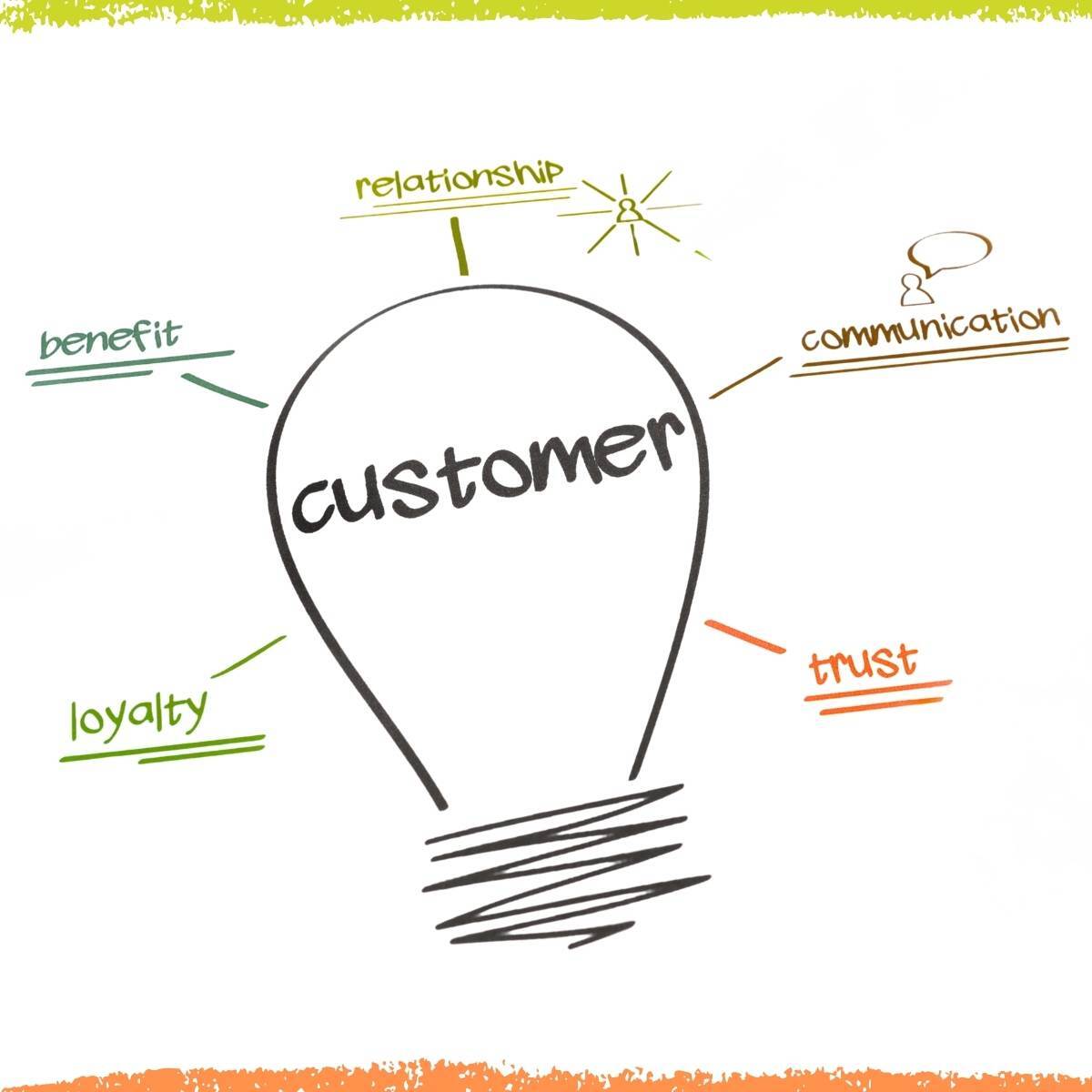Stop Playing Guessing Games: It's Time to hire a Chief Customer
Note to our Readers: In a world where blogs often drag on for SEO purposes and lose their audience with too much talk and not enough action, we aim to break the mold. Our blog is designed to be quick, informative, and solution-oriented, providing you with the insights you need without the fluff. Use the links below to skip to a section or go to the bottom for a quick summary and things to Stop, Start and Continue.

Quick Links
Blog Summary
Many businesses think they know their customers, but they're often relying on assumptions or are drowning in data, missing the real "why" behind customer decisions.
It is time for the "Chief Customer" approach – not just a title, but a company-wide commitment to putting the customer first. It's about making every employee accountable to the real Chief Customer: the actual person who buys your product or service.
Learn how to bring your customer into the conversation and create actionable insights into their decision making process.
Your data tells a story. Your customers tells you why.
Which one are you listening to?
Learn the Why Behind Your Customers Decisions
Let's be real: most companies think they understand their customers. Some rely on casual conversations and anecdotal evidence, believing they know their customers because they've met a few at business events. They're missing the real story – the why behind customer decisions.
Others go to the opposite extreme, drowning themselves in data and building elaborate buyer personas, yet somehow remain disconnected from the reality of their customers. Whether it's oversimplified assumptions or overly complex data analysis, the result is the same: they develop strategies and plans in a vacuum and then they're surprised when their brilliant ideas fall flat.
Hire a Chief Customer
We need to stop treating the customer as an abstract data point and start recognizing them as the very reason our businesses exist. We need to “hire” a Chief Customer.
Now, before you jump to conclusions, I'm not talking about hiring a Chief Customer Officer. Giving someone that title is meaningless if the entire organization isn't truly customer-centric. What I'm proposing is a fundamental shift in how we operate, a recognition that every single employee should be accountable to the real Chief Customer – the actual, living, breathing customer, not some theoretical ideal.
How To Bring the Customer Into the Conversation
So, how do we bring the customer into the room? How do we make them a tangible presence in our strategic decision-making? Here are a few proven methods and the potential positives and negatives.
- Direct Customer Engagement in Planning: Inviting a real customer to strategic planning sessions can provide invaluable insights. However, relying on a single voice can be risky. One customer's experience isn't necessarily representative of the entire customer base. This approach needs to be carefully curated, ensuring the chosen customer reflects a key segment and understands the broader context of the discussion.
- Consistent Buyer Interviews: Conducting regular, in-depth interviews with customers provides a rich source of qualitative data. These conversations can uncover how they make decisions, unmet needs, pain points, and opportunities that traditional market research often misses. The key here is regularity. One-off interviews are helpful, but consistent engagement builds a deeper understanding over time.
- Customer Panels for Ongoing Feedback: A dedicated customer panel can serve as a powerful sounding board for new ideas, product development, and strategic initiatives. Panels offer a broader perspective than individual interviews and can provide valuable feedback on a recurring basis. When was the last time you took your annual plan, new product or offering, or the plans for a big project and showed it to your customers to get their feedback
- Robust "Voice of the Customer" Programs: Implementing a structured program for collecting and analyzing customer feedback from multiple channels (surveys, social media, reviews, support interactions, etc.) is absolutely essential. This data needs to be organized and shared throughout the organization, ensuring that everyone has access to the voice of the customer.
- Real-life Customer Experience: Get your employees out of their comfort zones and into the real world. Encourage them to spend time with customers, observe their behavior, and understand their challenges firsthand. This direct exposure can be transformative, breaking down preconceived notions and fostering genuine empathy.
Are these approaches a bit daunting? How about just pick up phone and ask a customer how things are going. Ask what you can do better and what they have seen lately that could improve things even more. Get the conversation started and the rest will follow.
Actionable Insight
The common thread here is actionable insight. It's not enough to gather customer feedback; you must gather it in a way that is actionable. This requires a commitment from leadership to prioritize the customer and empower employees to make customer-centric decisions at every level.
Building a customer-centric culture is not easy. It requires a fundamental shift in mindset at all levels, a willingness to challenge the status quo, and a commitment to continuous improvement.
Companies that truly listen to their customers and make them an integral part of the strategic conversation, are the ones that will not just survive, but thrive.
Ask yourself, are you asking the right questions and truly listening? Or are you doing nothing or just going through the motions? It's time to appoint your real Chief Customer.
Actions to Get Started
Start:
- Start actively listening to your customers: Conduct buyer interviews of your most recent new customers. If you haven’t done this, I recommend following the process outlined in the fantastic book Buyer Personas by Adele Revella.
- Start measuring what matters: Start tracking customer satisfaction, retention rates, and other key metrics that reflect the customer experience. Don't just measure activity, measure impact.
- Start building a culture of customer obsession: Start making customer-centricity a core value of your organization. Communicate its importance, reward customer-focused behavior, and hold everyone accountable.
Stop:
- Stop relying on assumptions: Stop believing you already know what your customers want. Anecdotal evidence and internal biases are not substitutes for real customer insights. Stop making decisions in a vacuum, without the voice of the customer present.
- Stop siloing customer feedback: Stop keeping customer feedback locked away in different departments. Information from sales, support, marketing, and product development needs to be shared and synthesized across the organization.
- Stop focusing solely on acquisition: Stop prioritizing new customer acquisition at the expense of nurturing existing relationships. Retention is just as important, if not more so, than acquisition.
Continue:
- Continue iterating and improving: Building a customer-centric culture is a journey of continuous improvement. Continue to refine your processes, experiment with new approaches, and learn from your mistakes.
- Continue sharing customer insights across the organization: Make sure everyone in the company has access to the voice of the customer. Keep customer feedback top-of-mind in all decision-making.
- Continue celebrating customer successes: Recognize and reward employees who go above and beyond for customers. Share stories of positive customer interactions to reinforce the importance of customer-centricity.
By starting small and building on your successes, you can create a ripple effect that transforms your organization.



